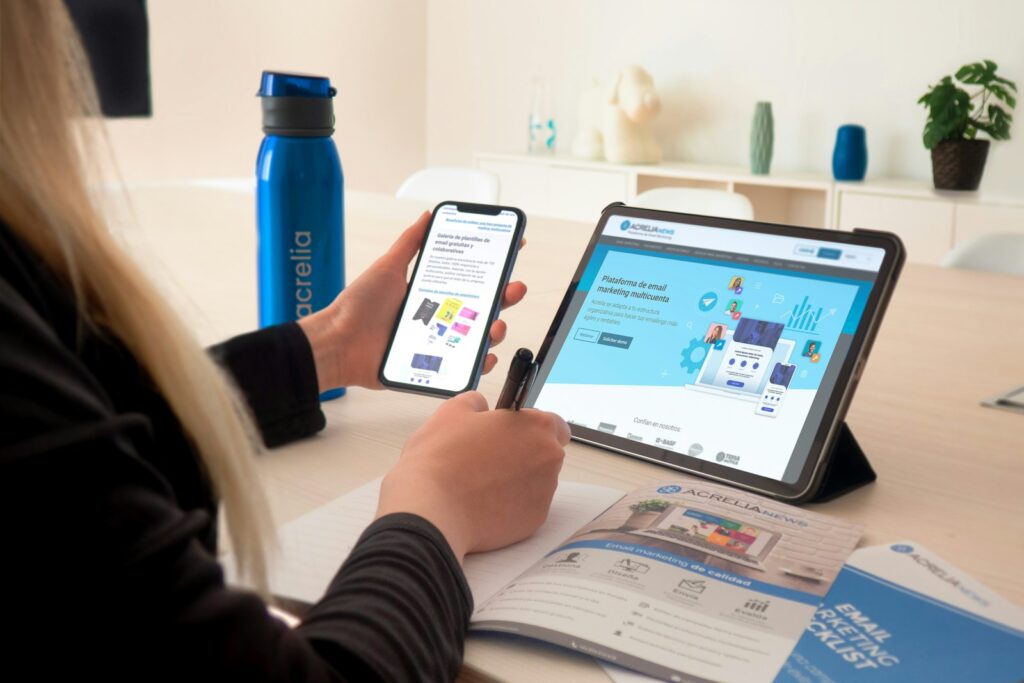Email marketing automation has become a game-changer for businesses looking to streamline their marketing efforts while improving customer engagement and driving more conversions. By automating your email marketing campaigns, you can deliver personalized, timely, and relevant messages to your audience without the need for constant manual input. The key to success lies in using email automation to nurture leads, build relationships, and encourage action at just the right moment.
Here’s how you can leverage email marketing automation to boost conversions and create a more efficient marketing strategy.
1. Segment Your Audience for Personalized Emails
The first step to increasing conversions with email automation is to segment your audience. Not all of your subscribers are at the same stage of the buyer’s journey, and they certainly don’t have the same needs. By dividing your email list into different segments based on demographics, behavior, or interests, you can tailor your messages to be more relevant and personal.
For example, you might create segments based on:
- Purchase history
- Browsing behavior on your website
- Demographic information (age, location, etc.)
- Customer engagement level (new subscribers vs. long-term customers)
Personalized emails perform significantly better than generic ones because they speak directly to the recipient’s interests and needs. Automation allows you to send these targeted emails at scale, resulting in higher open rates, click-through rates, and ultimately, more conversions.
2. Craft Compelling Welcome Sequences
The moment a new subscriber joins your list is a critical opportunity to make a lasting impression. A well-designed welcome email sequence introduces your brand, sets expectations, and starts nurturing the relationship right away.
Automation makes it easy to send a series of timed emails that guide new subscribers through their first interactions with your brand. A typical welcome series might look like this:
- Email 1: A warm welcome with an introduction to your brand and a thank-you message for signing up.
- Email 2: A deeper dive into your products or services, highlighting key benefits and offering valuable content (like a free guide or discount).
- Email 3: Social proof, such as customer testimonials or case studies, to build trust and encourage further engagement.
By automating this sequence, you ensure that every new subscriber receives a consistent, thoughtful experience that builds trust and drives them toward a conversion.
3. Set Up Abandoned Cart Emails
Abandoned cart emails are one of the most effective ways to recover lost sales. On average, nearly 70% of online shopping carts are abandoned, but a well-timed email can remind customers of the items they left behind and encourage them to complete their purchase.
With email marketing automation, you can send a series of abandoned cart reminders that gently nudge customers back to your site. These emails can include:
- A reminder of the items left in the cart
- A limited-time discount to incentivize the purchase
- Product reviews or testimonials to reinforce trust
For best results, consider sending multiple emails in the sequence—perhaps one within an hour of abandonment, another after 24 hours, and a final reminder a few days later. Automation ensures these messages are delivered exactly when they’re most likely to convert.
4. Nurture Leads with Drip Campaigns
Not every lead is ready to convert right away, but that doesn’t mean they’re not interested. Drip campaigns allow you to nurture leads over time by delivering a series of automated emails that gradually move them down the sales funnel.
The beauty of drip campaigns is that they can be tailored to different stages of the buyer’s journey. For example:
- Top-of-funnel: Send educational content or free resources to help subscribers learn more about their problem and how your solution can help.
- Middle-of-funnel: Provide case studies, product demonstrations, or webinars to show how your product has solved similar issues for other customers.
- Bottom-of-funnel: Offer a special promotion or trial to encourage leads to make their first purchase.
By automating these email sequences, you ensure that your leads receive timely, relevant content that keeps them engaged and nurtures them toward conversion.
5. Re-Engage Dormant Subscribers
No matter how great your content is, some subscribers will inevitably go inactive. But instead of writing them off, email marketing automation can help you re-engage these dormant subscribers and bring them back into the fold.
Set up an automated re-engagement campaign that targets subscribers who haven’t opened or clicked on your emails for a while. These campaigns might include:
- A special offer or discount to reignite interest
- A personalized message asking if they’d like to continue receiving emails or update their preferences
- An invitation to explore new products or services
Re-engagement emails help you clean up your email list by removing uninterested subscribers, while also giving inactive subscribers a reason to come back, increasing the likelihood of conversions.
6. Track and Optimize Your Campaigns
One of the most powerful aspects of email marketing automation is the ability to track and analyze the performance of your campaigns. By monitoring open rates, click-through rates, and conversions, you can gain insights into what’s working and what needs improvement.
Use A/B testing to experiment with different subject lines, call-to-action buttons, and content formats to see which variations resonate most with your audience. Automated email platforms often include built-in analytics tools that make it easy to see how each campaign is performing.
Continuous optimization ensures that your email marketing strategy evolves alongside your audience’s preferences, leading to higher engagement and more conversions over time.
7. Provide Post-Purchase Follow-Up Emails
Converting a customer isn’t the end of the journey—it’s just the beginning. Automated post-purchase emails help you stay connected with customers and encourage repeat business.
You can set up a series of emails that:
- Thank the customer for their purchase and confirm the order
- Provide helpful information about using the product
- Ask for feedback or a product review
- Recommend related products or services
These post-purchase emails not only build customer loyalty but also present additional opportunities for upselling and cross-selling, further increasing your conversion rates.
Conclusion: Automation as a Conversion-Boosting Tool
Email marketing automation, when done right, can drastically increase your conversion rates by delivering personalized, timely content that resonates with your audience. From abandoned cart reminders to nurturing campaigns, automated emails keep your brand top of mind and guide your leads down the sales funnel. By continually optimizing your campaigns and keeping the customer experience at the forefront, you’ll create lasting connections and drive more conversions in the long run.


